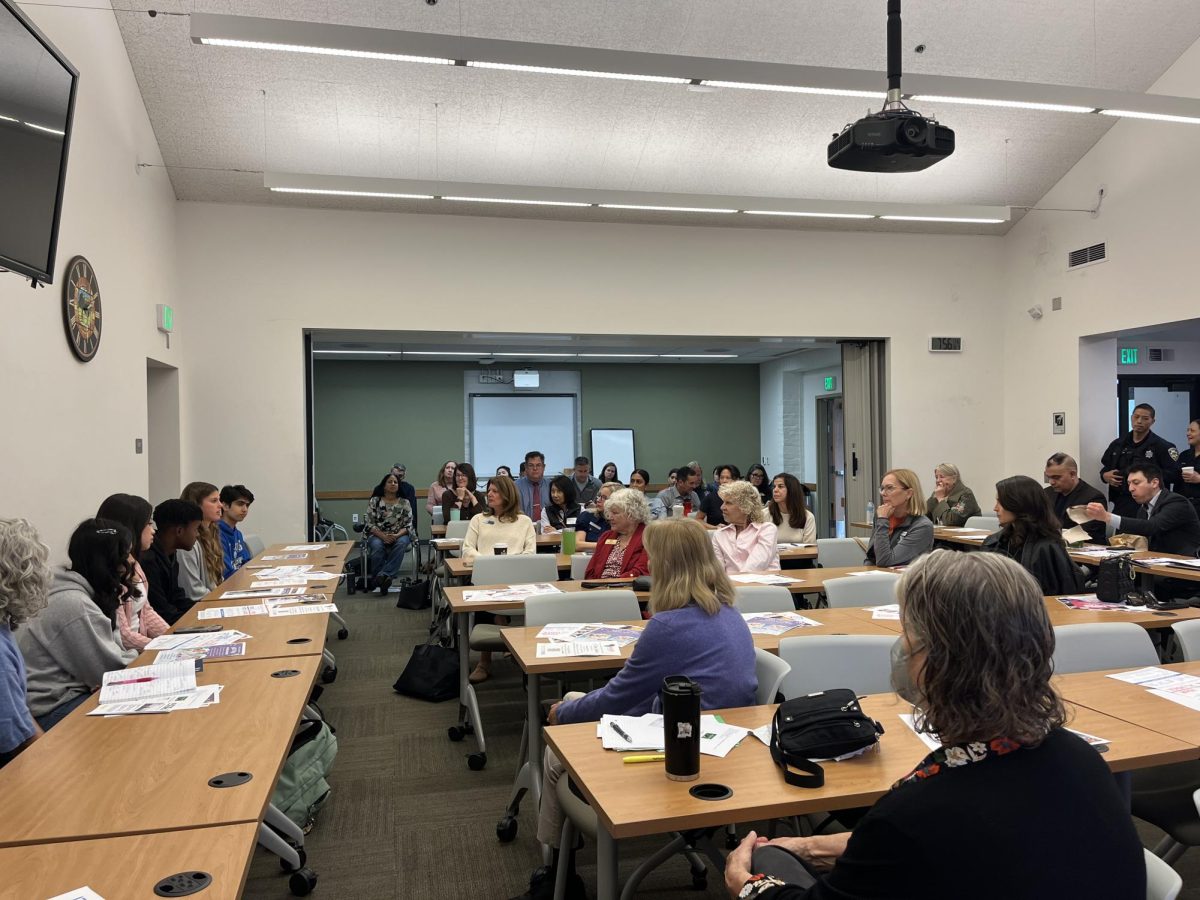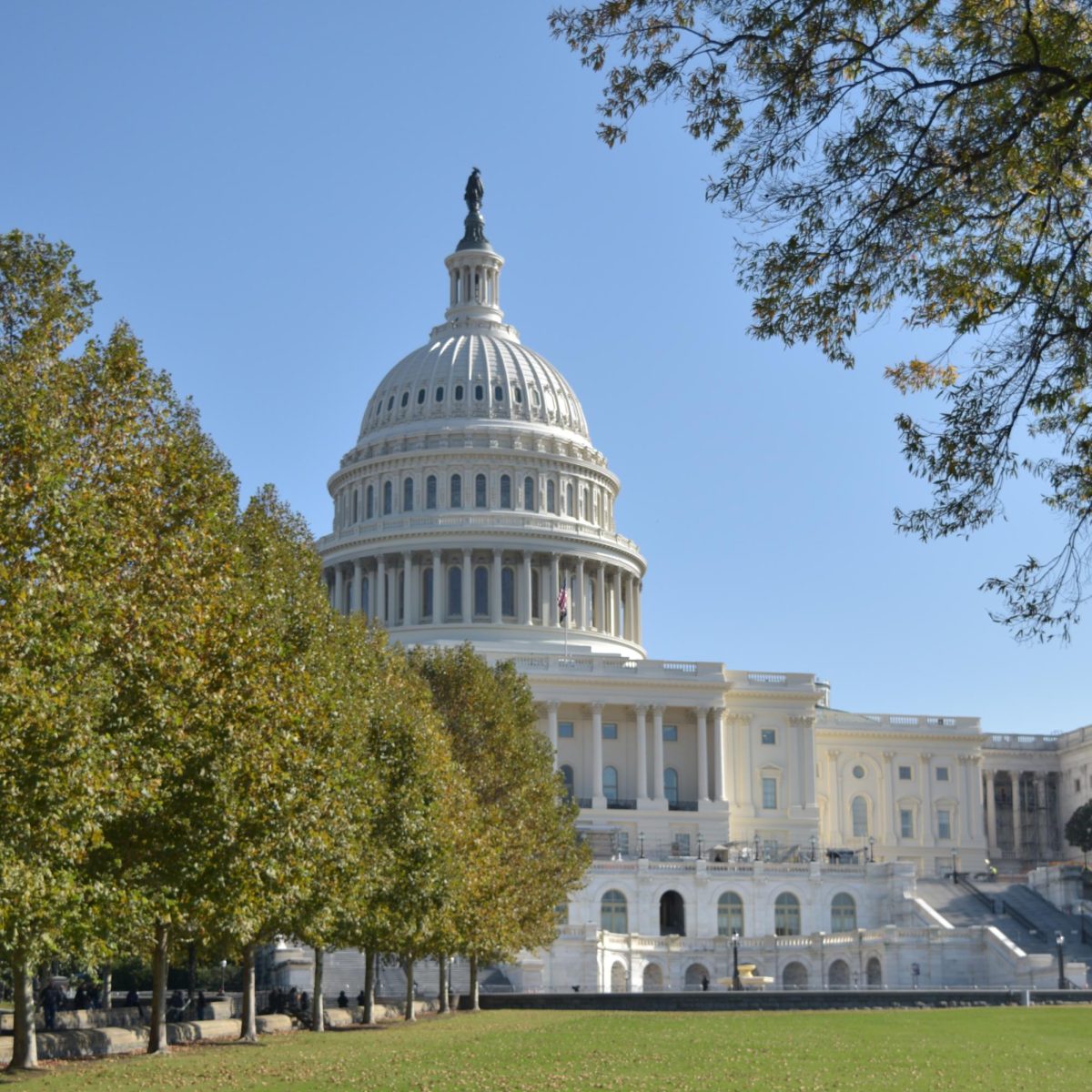The Mountain View-Los Altos (MVLA) board will change the board trustee voting system from at-large to by-trustee district elections for the upcoming 2026 election cycle. The announcement came shortly after they received a notice of violation of the California Voting Rights Act (CVRA), on the grounds that MVLA’s at-large election system “impair[s] the ability of minority voters to influence elections.”
At-large election systems, which MVLA has been under since its establishment, only require that candidates live somewhere within the school district. Meanwhile, by-trustee area elections (or district elections) require that candidates live in split up parts within the district map.
This notice is not an isolated occurrence. Throughout the rest of California, various cities and school districts have been challenged on the grounds that their governing board structure violates the CVRA — and of the boards that have chosen to push back, few, if any, have won. The City of Palmdale settled for $4,500,000 and the Santa Clarita Community College District settled for $850,000, while other Districts like the San Lorenzo Unified School District and Castro Valley Unified School District have already solidified plans to install district elections.
The CVRA itself was created in 2001. But where at-large elections once complied with its requirements, rulings around the law have changed.
“The way that the case law has deemed the intent of the legislation today, the threshold for fighting these cases has gotten higher,” MVLA School District Superintendent Eric Volta said. “And so, more districts are susceptible to these challenges.”
In 2020, the CVRA was upheld by the United States Supreme Court when they declined to consider a challenge to it. Again, in 2021, it was upheld when a decision that affirmed the City of Santa Monica’s at-large voting system was reversed by the California Supreme Court.
More importantly, the 2021 move clarified the prerequisites for CVRA-based lawsuits — it outlined that plaintiffs can only prove a violation based on evidence of both racially-polarized voting (votes split along racial lines) and vote dilution (minorities’ “potential” to elect their preferred candidate). Under an at-large election system, both can be easily proven.
As a likely unintended consequence, law firms are incentivized to challenge cities and districts in a case they’ll easily win and get paid for, inviting intervention in places where changing the election system may not necessarily be the wisest solution.
“Whether attorneys do it for monetary reasons or because they really believe in fighting discrimination, we don’t know,” Board president Sanjay Dave said.
“To figure out if their claims of discrimination were valid, we’d have to go to trial and hire experts – you go to the millions quickly,” Board trustee Phil Faillace said. “We’ve recognized that it is simply not worth fighting, and we’re not afraid of what will happen with district elections.”
The letter that initially informed MVLA of the CVRA violation, sent earlier this year on Friday, August 2, lists grievances that allegedly prove the plaintiff’s case for lawsuit.
For vote dilution, the letter outlines how minority candidates in MVLA have scarcely run and been elected to the Board in proportion to their total population in the district. Based on data from 2008-2022, only 8.7% of candidates were minorities (both of which came from the 2022 election cycles).
Meanwhile, several ballot measures – including Measure 62 (primary elections), Measure 72 (health care coverage), Measure 9 (crime victims) – were cited as evidence for racially polarized voting. There was no explanation as to how the measures specifically perpetuated it.
“I felt that it was a lot of statistics without a lot of reason,” Board Trustee Catherine Vonnegut said.
Such a shift from at-large to district elections has both benefits and detriments. For one, it will reduce voters’ influence over elections. Under a district-based election system, rather than voting for all prospective board members, voters are only permitted to cast their vote for the candidate in their own district.
“Most of the criticism [surrounding the CVRA] is coming from potential voters,” Volta said. “People want to vote for everybody that’s running for the board rather than just one person.”
On the other hand, it has the potential to increase minority representation on the MVLA board. Districting an area can make a minority group the voting majority, granting them the opportunity to win board seats.
“You’ll get more representation from different communities,” Volta said. “It could potentially get people to run for seats that might not have run if they had to go against three or four other people.”
This can encourage board trustees to approach their role with only their represented group in mind, though, resulting in what Faillace terms “balkanization” – when a candidate no longer feels a responsibility to the district as a cohesive entity, but rather to the sub-entity they represent.
“If districting MVLA isn’t done well, we could balkanize a very coherent district,” Faillace said. “However, I believe that the people of MVLA are kind and want the best for our students, so I’m optimistic that those who are elected very quickly come to understand that they can’t be just sub-districts – they have to see the big picture.”
“Rather than having candidates run on a single agenda, I like them to have the global perspective of everything that’s happening to the school,” Vonnegut said. “But if people feel there’s certain needs that are not met in their representative group and they think that being on the board will help and to get them elected, then that would be positive.”
As the board moves toward by-trustee elections, they’ll need to split up the district into smaller regions. A hired demographer will create five boundaries for the five board seats, each with a population of 23,545.
The first three criteria for determining how districts would be drawn, in order of priority, are geographical contiguity, minimizing dividing communities of interest (defined as a “population that shares common social or economic interests”), and minimizing geographic division.
Districts are required to conduct at least four public hearings to create Trustee Areas, the first and second of which will occur without maps to gauge public input, and the third and fourth of which will occur after maps have been drawn. If all proceeds smoothly, the final areas will be proposed to the Santa Clara County Committee on School District Organization for final approval.
The first public hearing was held during the board meeting this Monday, September 23. The next one is to be held on Tuesday, October 15.
“Preventing discrimination is necessary, but I think the CVRA could have been tempered so that it would be more of a scalpel and less of a chainsaw,” Faillace said.
Updates and information on how community members can participate in the public hearings can be found on the MVLA board website.










